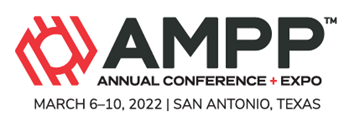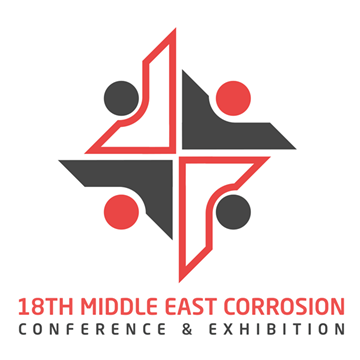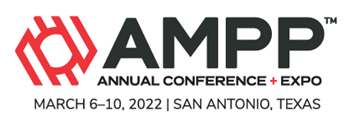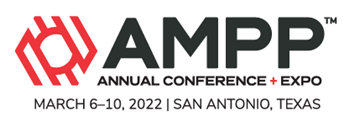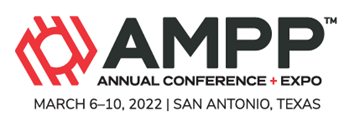Search
Online Conference Paper
View as
Sort by
Display
per page
On The Performance Of UNS S32100 vs N08825 Expansion Compensator Materials In Geothermal Applications
Product Number:
51322-17790-SG
Publication Date:
2022
$20.00
On the Pitting Corrosion Resistance of Metallic Materials Used in Drilling and Reservoir Characterization Applications
Product Number:
51324-20872-SG
Publication Date:
2024
$40.00
On the Sea Water Corrosion Resistance of Alloy 825 CTP (UNS N08827), an Improved Version of Alloy 825 (UNS N08825)
Product Number:
51324-20983-SG
Publication Date:
2024
$40.00
On The Suitability Of ASTM 532 IIB Cr White Cast Irons For Erosion-Corrosion And Abrasion-Corrosion Applications
Product Number:
51321-17018-SG
Publication Date:
2021
$20.00
On the weldability and corrosion resistance of alloy UNS N08827 – a further improvement of alloy UNS N08825
Product Number:
51323-18847-SG
Publication Date:
2023
$20.00
Online Asset and Integrity Monitoring to Enhance Safety, Reliability and Profitability
Product Number:
MECC23-20244-SG
Publication Date:
2023
$20.00
Online Seam Treatment of ERW pipes for proper material selection, process control and toughness improvement
Product Number:
MPWT19-14408
Publication Date:
2019
$0.00
On-Site Corrosion Inhibitor Detection For Improved Corrosion Management
Product Number:
51321-16792-SG
Publication Date:
2021
$20.00
On-Site Parameter Measurements And Corrosion Coupon Tests Of Buried Pipeline Subject To AC Interferences Of High Speed Railway
Product Number:
51322-17725-SG
Publication Date:
2022
$20.00
Operational Performance of RTP Flowline at Corrosive Nonassociated Sweet Gas
Product Number:
MPWT19-15263
Publication Date:
2019
$0.00
Opportunistic Compilation Of ECDA, ILI, And Hydrostatic Testing For Successful Pipeline Uprating: Case Study
Product Number:
51322-17480-SG
Publication Date:
2022
$20.00
Optimisation Of Hydrogen Stress Cracking Resistance Of High Strength Precipitation Hardened Nickel Alloys
Product Number:
51322-17960-SG
Publication Date:
2022
$20.00

